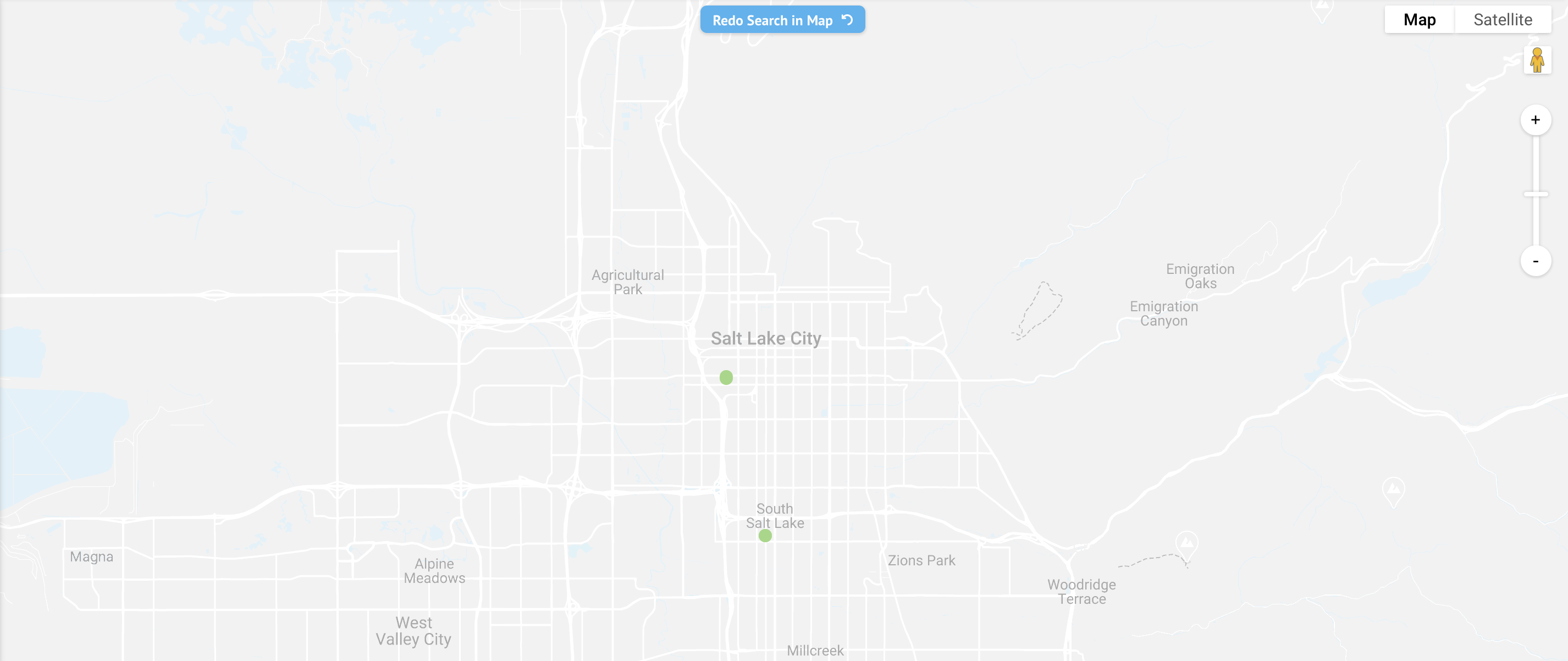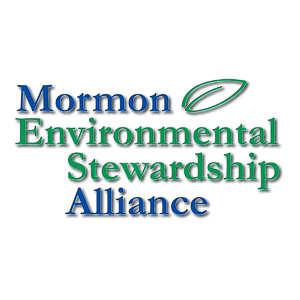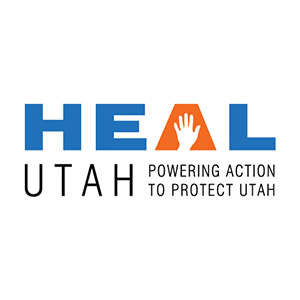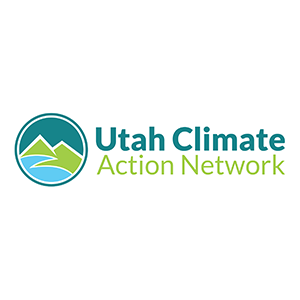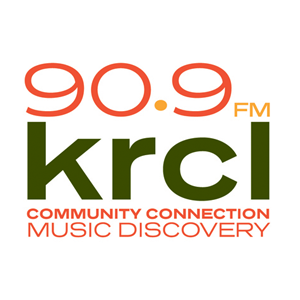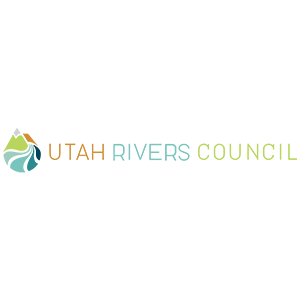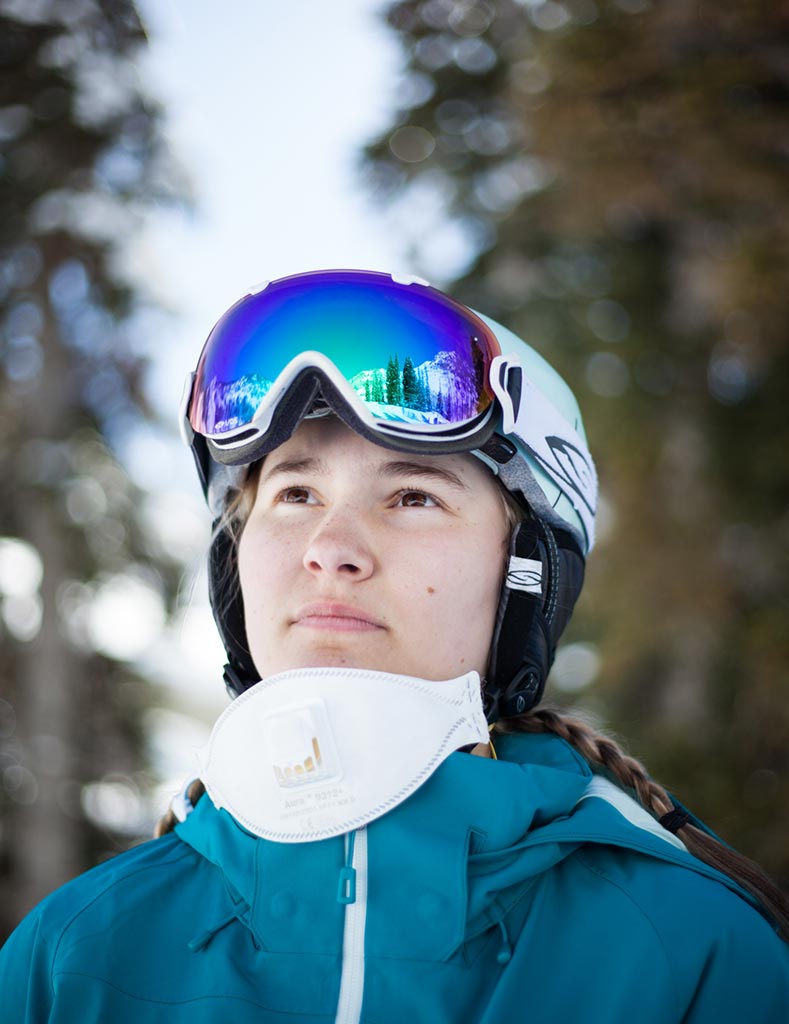
Skier Anna Howard volunteers for local efforts to combat air pollution in Utah, as the frequency of the local inversion – a reversal of cold and warm air layers in the atmosphere that traps pollution – gives her concerns about her health and the health of her community.
Utah evokes images of beautiful landscapes, top ski resorts and the Great Salt Lake. However, it has also become known for its polluted air. Salt Lake City and the surrounding areas have some of the worst air quality in the United States in winter. The high level of air pollution found in the area (called the “Wasatch Front” area) increases the rates of heart attacks, stroke and sudden death.[1]
The Salt Lake Metropolitan Area with a population of 2.5 million is part of the non-attainment areas being classified by the EPA as “serious” for not meeting the standards for fine particulate matter. Utah needs to propose a new State Implementation Plan to meet these standards by 2019. This is a critical process and milestone that needs to be reached for the health of the community. It is important for the state to have a strong implementation plan.
The geography of the Wasatch Front plays a significant role in trapping smog in the valley, making it all the more important to limit harmful emissions of air pollutants. Reducing carbon dioxide, and other pollutants, such as fine particulate matter, ozone and nitrogen oxides will not only protect public health, but reduce the long term threat of increased extreme weather events, such as floods, heatwaves, and other impacts from our changing climate.
In the American Lung Association State of the Air Report released on April 19, Salt Lake City is ranked 7th out of 187 metro areas for the worst particulate matter pollution (and debuted at the top 25 for ozone pollution). Vehicle emissions contribute around half of the pollution in the Wasatch Front, and Salt Lake residents are now facing the grim prospect of even more particulate matter exposures: toxic dust from the Great Salt Lake, and dust from gravel pit and mining operations.



